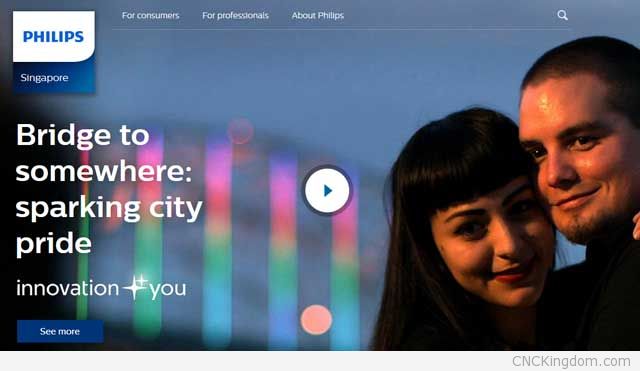Daphne Flynn, Director at Philips Design (Singapore)
Daphne took a journey similar to mine – my first trip to Asia was Malaysia so when I visited other countries around it. There is an incredible diversity there that you just don’t see as much in Europe and North America. Even here in Australia I can easily think I’m back in Canada on colder days!
Daphne has been at Philips Design for 13 years and helps to keep their Asean & Pacific region pumping awesome ideas that are locally suitable for the populations and cultures they serve. Major takeaways:
- With so much diversity, designing globally is a challenge – make a product global but take into consideration local nuances such as color and shape… build something “easily” modified to be local.
- Take a chance in life, you never know, your dreams may come true!
- Follow your passion, the rest will work itself out!
- There is always a great excuse to learn something new.
You can find out more about Philips Design at Philips.com.
When you were in RMIT University in Australia studying Industrial Design, was eventually becoming a director of a multinational conglomerate even in your wildest dreams? It seems like an incredible leap… what attracted you to design to begin with and what do you account for the tremendous amount of success you’ve experienced in the field?
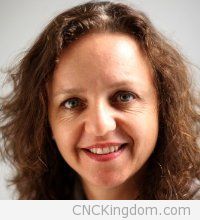 “You should look into design or becoming a tram driver” these were options offered when I applied to study Sculpture at another institute in Melbourne at the time. I changed track to industrial design because it really captured my imagination, I could still ‘create’ in 3D with the added potential of helping people.
“You should look into design or becoming a tram driver” these were options offered when I applied to study Sculpture at another institute in Melbourne at the time. I changed track to industrial design because it really captured my imagination, I could still ‘create’ in 3D with the added potential of helping people.
All seemed very pretty cool at 17, felt like I could make a difference. I also dreamt of seeing the world, so working for Philips has certainly ticked all the boxes.. When my cohort of 10 graduated 2 of us were offered an internship with the then Philips Corporate Industrial Design …then 1 of us got a job…I was over the moon.
After a couple of years there, I left for other experiences with design and development consultancies in the UK, Melbourne and Malaysia before starting back with Philips in Taiwan in 2000.
Can you give me an idea of what it’s like working at Philips? What is a typical day like? What kind of duties and tasks do you need to keep track of and perform?
A typical day ….hmmm everyday can be quite different. My design management role is focused on how we can use ‘design’ to spark new business opportunity in the Asean & Pacific. Leveraging local insights to create locally relevant propositions in the area of health and well being. Using Philips global experience locally. Meeting business partners locally in Singapore or connecting virtually to plan, strategize…align.
The important thing is connecting quickly or facilitate workshops aiming at making things tangible quickly, test, learn and move forward. You don’t always have all the answers but speed is of the essence for us as it is for any business these days. As location manager, I keep the coffee flowing and team energized.
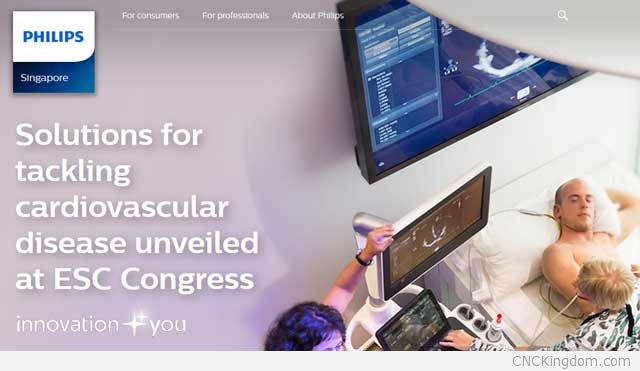
How does Philips attract the best and the brightest designers from around the world to come work for them? How important is recruitment for a company that’s so successful and what are you looking for in a candidate?
At Philips we really do put people at the heart of everything we do, and that starts with our employees. We constantly benchmark ourselves with the other best in class companies. Philips Design has built a reputation in design thought leadership over its over 80 years of existing as a function in Philips. Most designers would be familiar with the journey of Philips Design, our leadership in people focused multi-disciplinary design process.
Sharing our visions, process and methodology publically through exhibitions, events, books and papers. Apart from this of course we engage and network with design communities, platforms and education. We look for creative, passionate, engaging and interesting self-starting individuals. In a team of 500+ there are many different roles in many locations so diversity is key in our recruitment process.
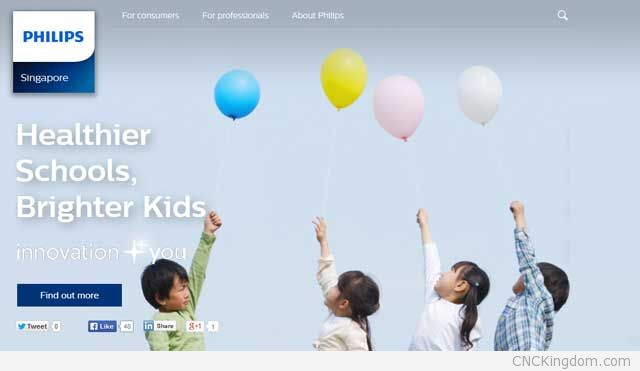
What are some of the more notable projects you’ve worked on with your team and what were some of the challenges you had bringing them to market?
As you know, bringing something to market requires an end to end process with all factors aligned and considered. In Taiwan for Philips monitor business at the time – consistently challenged to breath new into a highly commoditized offer. The challenge to deliver a tangible value which can be monetized. In Singapore we’re thinking in terms of healthcare solutions and currently working on a new Tele Health solution which has specific tailor made touch points for Singaporean heart failure patients.
There are layers of challenge from the partners that need to be in place including clinical, technical, design, business, government…etc The ‘design’ challenge in this case, started with the patient and how to make the solution engaging and motivating so they will keep using it over time. If this can work then the benefits for patient and the healthcare system are possible.
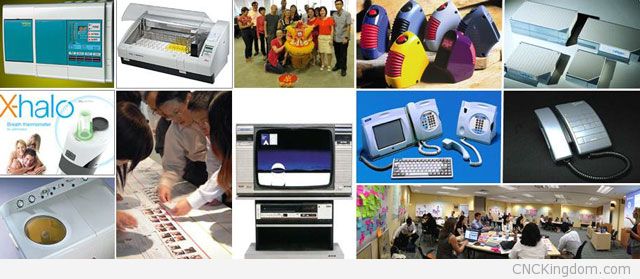
You spent most of your career in Asia, from Malaysia to Taiwan – what are some of the challenges you had adapting to different languages, customs and cultures? How has this experience affected the way you see the esthetics of the projects you are involved in designing?
Asia has been a wonderful experience because of the diversity of cultures and the friendships I’ve met. Sure its been challenging. The most challenging for me was Taiwan. On my first visit before I took the job, all I saw were similarities to Malaysia where I had been. But once I arrived it was obvious very different.
Having zero Mandarin it was a bumpy landing but now I think fondly of the place and the people I met. For me, that first step of looking for something familiar to make it feel like home is really important.
My home and routine that travel with me, connections to national, professional or other groups and Philips colleagues. I guess as a designer these experiences have made me more aware of cultural differences at the same the time similarities we all have a human beings.
Cultural differences that influence aesthetics from something as simplistic as colors to shapes which should be avoided that are reminiscent of tombstones. More interestingly, the cultural behaviors and insights that can be used to inform meaningful solutions.
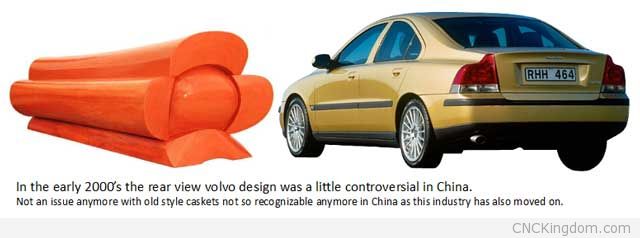
Knowing what you do now about designing and running a multi-billion dollar corporation, what advice would you have given to yourself back when you were in University that would have saved you a lot of grief along the way to your directorship?
Just a reality check…I work in one small part of Philips but every little bit counts towards the whole, I’m sure my management will agree.
Advice I would give is that you never stop learning from others, collaborate because ’no one knows as much as everyone knows’.
